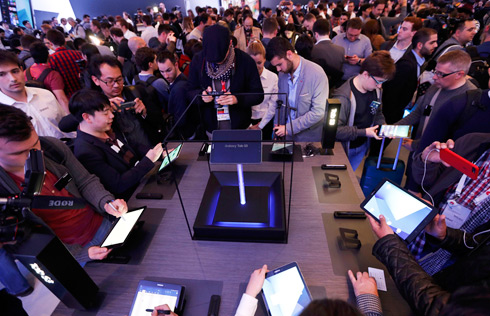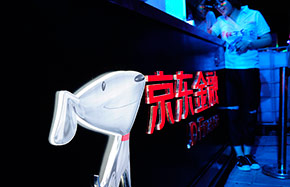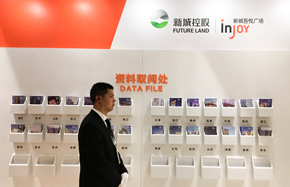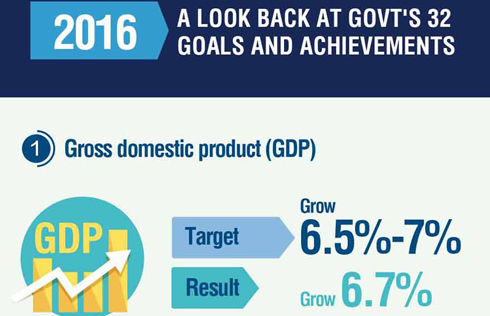As carriers turn 'frenemies', downloads quicken in rail tunnel
It is never easy to ensure stable telecom signals for passengers on bullet trains. When it comes to the high-speed railway in the mountainous Yunnan province, the task is even more challenging.
But in November, 2016, employees at China Tower Corp announced that they had managed to ensure 95 percent coverage of telecom signals for a section of the Shanghai-Kunming railway.
Their secret is to let the country's top three mobile carriers share as much telecom infrastructure as possible. Along the 192-kilometer high-speed railway section, of which tunnels account for 30 percent, the company has built 405 towers for China Mobile, China Unicom and China Telecom.
Liu Aili, chairman of China Tower, said: "The sharing rate reaches 100 percent, which greatly lowered the cost of construction,"
When the high-speed train passed through a five-kilometer tunnel, Huang Xin was surfing the internet on her smartphone.
"It is impressive. I can read news, talk to my friends via voice call, and even watch videos," she said.
China Tower said the down load rate for 4G data exceeds 60Mb per second for the whole Yunnan section of the Shanghai-Kunming high-speed railway.
Usually, it costs 100,000 to 150,000 yuan for each base station to draw electricity through high-voltage wire towers on the mountains of both sides of the railway.
"But this time, our base stations directly draw electricity from the high-speed railway's power system, which helped save dozes of million yuan," said Li Jianqiao, an official at the Yunnan branch of China Tower.
The 4G telecom network construction was intertwined with the that of railways, which allows not only resource sharing within the telecom industry but also with the railway sector.
China Tower builds telecom towers for the big three mobile carriers but never deals in telecom services for enterprises and consumers. In other words, it stripped away the telecom facilities from telecom operators to integrate and share resources.
Liu Aili said: "With our help, the top three carriers have changed from pure competitors to so-called frenemies. We help avoid repetitive investments, reduce costs and find a new way of sharing resources."

















